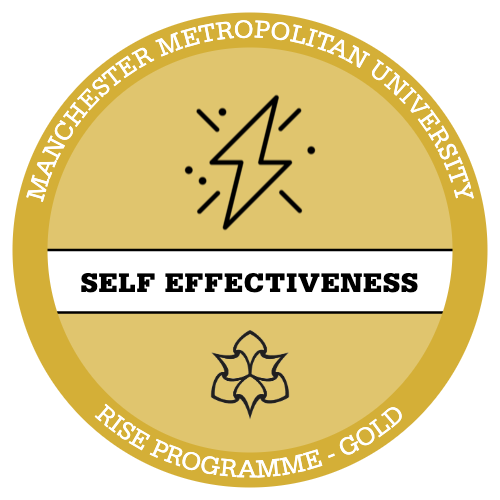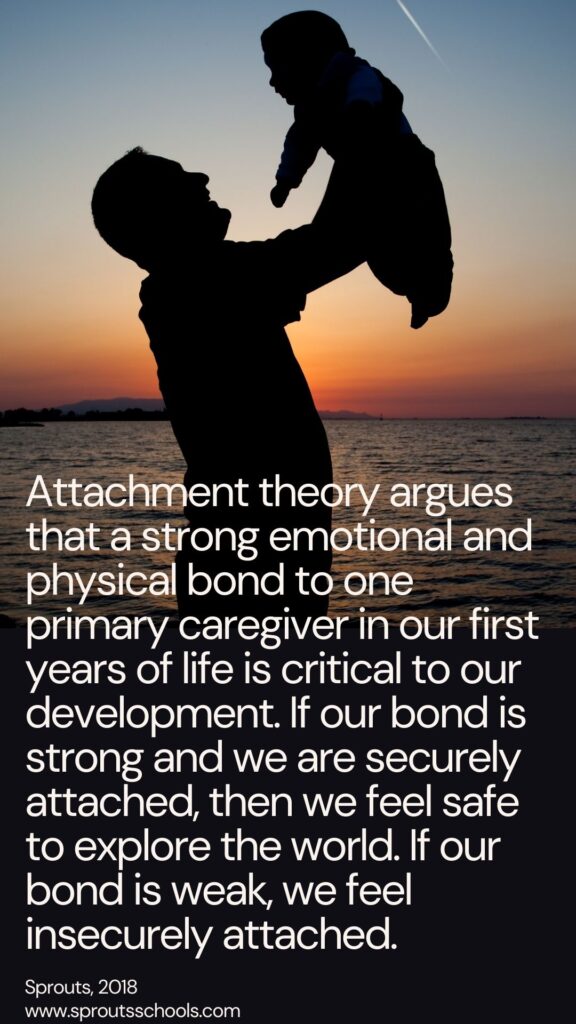Introduce
Attachment Theory can give us a better understanding about why and how some children behave the way they do. John Bowlby, a British Psychologist, was the first attachment theorist and believed that the earliest bonds formed by children with their caregivers form a blue print for how the child grows up and relates to other people and the world around them.
Sue Gerhardt, author of ‘Why Love Matters’ believed that the earliest responses from caregivers shapes responses to stress. She writes:
“Early care establishes the way we deal with stress. Babies rely on their carers to soothe distress and restore equilibrium. With responsive parents, the stress response, a complex chain of biochemical reactions, remains an emergency response. However, being with caregivers who convey hostility or resentment at a baby’s needs, or who ignore their baby or leave him in a state of distress for longer than he can bear, will make a baby’s stress response over-sensitive.”
Sue Gerhardt
Develop
Watch the following video to make sense of attachment theory and how the early years of a child’s life are most important for building secure attachments.
Reflect
Stop and Reflect: Reflect on the following questions to deepen your understanding of attachment theory:
– Think of someone who you have felt deeply comfortable with and trusting of. What is it about the way this person interacts with you that allows you to relax and feel safe?
– Have you observed examples of children exploring away from their secure base in your setting? What insights could you gain from these behaviours?
– How might you foster secure relationships in your interactions with children and families?







